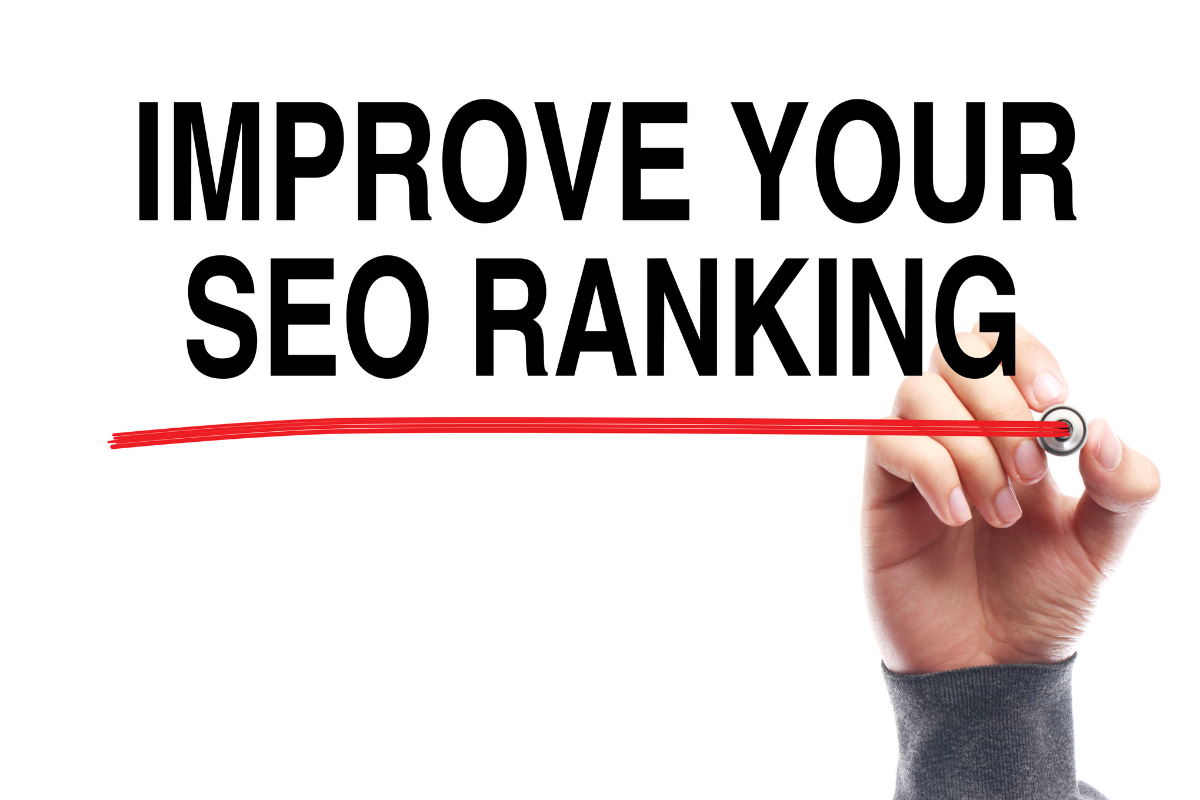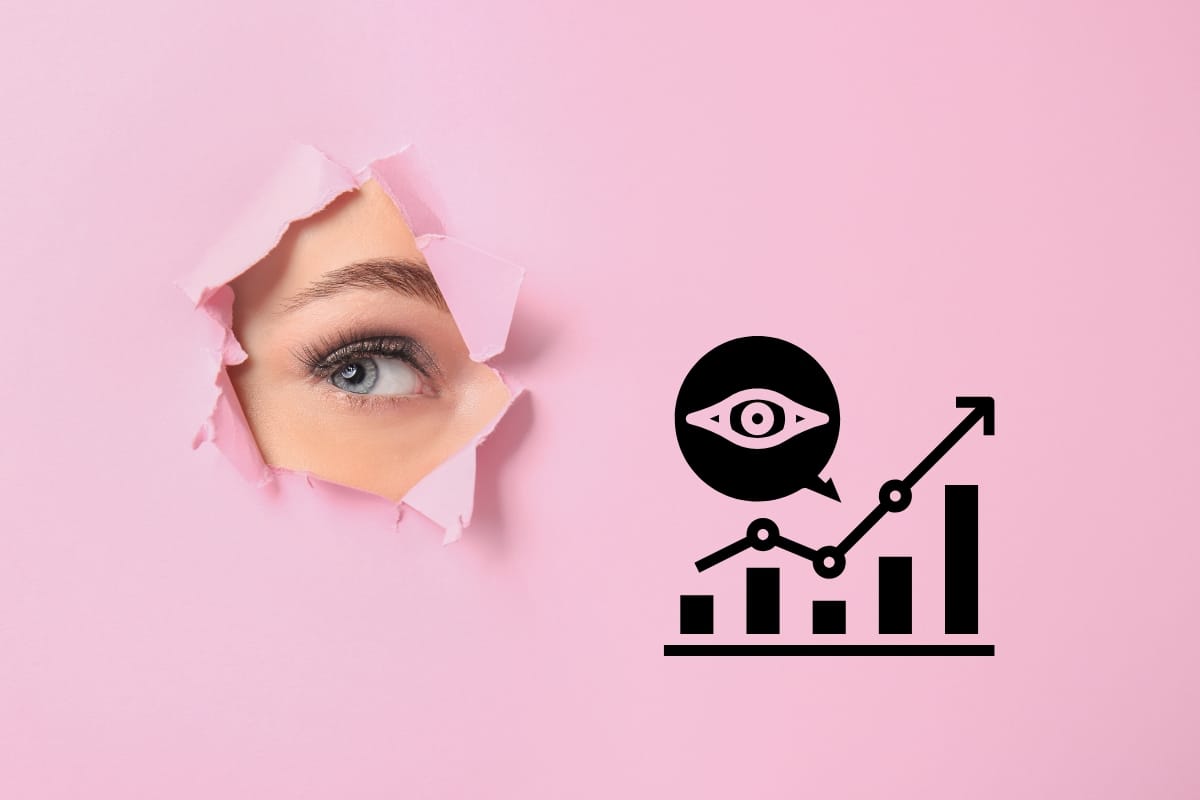Welcome to the world of SEO optimization! In this fast-paced digital era, having a powerful online presence is crucial for success. And what better way to make your mark than by mastering the art of internal linking for SEO? By strategically connecting different pages within your website, you can boost your website’s visibility and skyrocket its ranking in search engine results.
By utilizing effective internal linking strategies, you can ensure that every corner of your website receives the attention it deserves. So, buckle up and join us as we dive deep into the world of internal linking for SEO. Get ready to unlock the full potential of your website and unleash a surge of organic traffic that will take your online presence to a whole new level. Let’s embark on this exciting journey together!
Boost Your SEO Rankings Today!
Understanding Internal Linking: The Backbone Of SEO

Internal linking for SEO is crucial for boosting a website’s visibility and ranking. It serves as the backbone of SEO strategies, enhancing user experience and search engine optimization efforts.
By strategically incorporating internal links within your website’s content, you can guide visitors to relevant pages, increasing engagement and reducing bounce rates. This practice also helps search engines understand the hierarchy and relationships between different pages on your site.
When implementing internal linking for SEO, it’s essential to use descriptive anchor text that includes relevant keywords. This not only improves navigation for users but also signals to search engines the importance of specific pages.
Furthermore, creating a logical structure with a well-thought-out internal linking strategy can improve your website’s overall crawlability and indexation, ultimately leading to higher search engine rankings.
Benefits Of Internal Linking For Website Visibility
Discover the hidden power of internal linking. By strategically connecting pages within your website, you can enhance website visibility, improve user experience, and boost search engine rankings. Unleash the benefits of internal linking today!
- Enhances SEO: Internal linking for SEO plays a crucial role in boosting your website’s visibility and ranking on search engines. It helps search engine crawlers discover and index new pages on your site more effectively. This, in turn, improves your website’s overall SEO performance.
- Improves User Experience: By strategically placing internal links within your content, you can guide users to relevant pages on your website. This not only keeps visitors engaged but also helps them navigate through your site more easily, leading to a better user experience.
- Distributes Page Authority: Internal linking helps distribute page authority across your website. By linking from high-authority pages to other relevant pages, you can pass on link equity and strengthen the SEO value of those pages.
- Increases Time Spent on Site: By providing internal links to related content, you encourage users to explore more pages on your website. This increases the time spent on your site, reduces bounce rates, and signals to search engines that your content is valuable.
- Boosts Keyword Rankings: Internal linking allows you to optimize anchor text with relevant keywords, which can help improve your keyword rankings for those specific terms. Strategic internal linking can signal to search engines the importance of certain pages on your website, ultimately boosting your SEO efforts.
Incorporating internal linking into your website can yield tremendous benefits. From improved website visibility in search engine results to enhanced user navigation, internal linking is a valuable tool for optimizing your online presence. Start implementing it now and reap the rewards!
Best Practices For Strategic Internal Linking

When it comes to internal linking for SEO, following best practices is crucial for enhancing your website’s visibility and ranking. Here are some key strategies for strategic internal linking:
- Relevant Anchor Text: Use descriptive anchor text that includes keywords related to the linked page to improve SEO.
- Hierarchy and Structure: Create a logical hierarchy and structure for internal links, guiding users and search engines through your website seamlessly.
- Avoid Overlinking: While internal linking is important, avoid excessive links within content to prevent overwhelming readers.
- Link Equity: Distribute link equity strategically by linking from high-authority pages to those that need a ranking boost.
- Regular Audits: Conduct regular website audits to ensure all internal links are working correctly and leading to relevant content.
- User Experience: Prioritize user experience by providing links that add value and guide users to relevant information.
By following the best practices for strategic internal linking, you can enhance website structure, improve user experience, increase organic traffic, and boost your overall search engine optimization efforts. Unlock your website’s full potential now!
The Impact Of Internal Linking For SEO On User Experience
Internal linking goes beyond SEO to profoundly impact user experience. By seamlessly connecting relevant pages, you can empower visitors to explore, navigate effortlessly, and discover valuable content. Uncover the powerful connection between internal linking and user experience.
- Internal linking for SEO plays a crucial role in enhancing user experience on your website.
- By strategically linking relevant pages within your website, you can guide users to explore more content.
- Improved navigation through internal links helps users find information easily, reducing bounce rates.
- Internal linking also helps search engine crawlers discover and index more pages on your site, boosting SEO.
- Including anchor text with relevant keywords in internal links can further optimize your website for search engines.
- Enhancing user experience with internal linking can lead to increased time spent on your website.
- When users find it easy to navigate through your site, they are more likely to engage with your content.
- Proper internal linking structure can create a seamless user journey, improving overall site usability.
- By focusing on internal linking for SEO, you can effectively boost your website’s visibility and ranking.
The impact of internal linking on user experience cannot be underestimated. By implementing a well-structured internal linking strategy, you can enhance website navigation, improve content discoverability, reduce bounce rates, and ultimately provide a seamless and satisfying user experience that keeps visitors engaged and coming back for more.
Leveraging Anchor Texts For SEO Optimization

Anchor texts play a crucial role in SEO optimization. By strategically leveraging anchor texts, you can improve search engine rankings and enhance the user experience on your website. Discover how to harness the power of anchor texts for maximum SEO benefits.
- Use Descriptive Anchor Text: When implementing internal linking for SEO, ensure that your anchor texts are descriptive and relevant to the linked content. Avoid generic phrases like “click here” or “read more.”
- Optimize Anchor Text Length: Keep your anchor text concise and to the point. Long anchor texts can dilute the SEO value and may not be as effective in guiding search engines to understand the context.
- Incorporate Keywords Strategically: Include your target keywords in the anchor text to signal to search engines the relevance of the linked content. However, avoid over-optimization by using keywords naturally within the text.
- Diversify Anchor Text: Mix up your anchor text by using a variety of relevant phrases. This helps in creating a natural link profile and prevents appearing spammy to search engines.
- Monitor Performance: Regularly track the performance of your anchor texts to see which ones are driving traffic and engagement. Make adjustments as needed to continuously improve your SEO optimization efforts.
Incorporating well-crafted anchor texts into your SEO strategy is a game-changer. By optimizing anchor texts with relevant keywords and ensuring they complement your content, you can boost your website’s visibility, drive organic traffic, and stay ahead of the competition. Start leveraging anchor texts for SEO success today!
Internal Linking Strategies For Different Types Of Websites
Internal linking for SEO is crucial for enhancing a website’s visibility and ranking. Different types of websites require tailored strategies to maximize the benefits of internal linking effectively.
- E-commerce Websites: Focus on linking product pages with related categories and featured products. Implement breadcrumb navigation for easy internal linking between different product levels.
- Blog Websites: Utilize internal linking to connect related blog posts, guide readers to more content, and improve overall user engagement. Create pillar pages to link important cornerstone content.
- Service-Based Websites: Link service pages with relevant case studies, testimonials, and service descriptions to showcase expertise and build credibility. Utilize call-to-action buttons for seamless navigation.
- News Websites: Internal link breaking news with related articles, previous coverage, and background information to provide a comprehensive news experience for readers. Implement category tags for organized linking.
Implementing effective internal linking strategies tailored to specific website types is essential for enhancing user experience, boosting SEO performance, and optimizing website structure. Elevate your website’s success with targeted internal linking strategies!
Measuring The Success Of Your Internal Linking Efforts

Understanding the impact of your internal linking efforts is crucial for optimizing your website’s performance. Discover the key metrics and techniques to measure the success of your internal linking strategy and drive meaningful results.
- Click-Through Rate (CTR): Monitor how many users are clicking on internal links within your content. A high CTR indicates effective internal linking.
- Bounce Rate: Analyze if internal links are reducing the bounce rate by guiding users to explore more pages on your website.
- Conversion Rate: Measure how internal links contribute to converting visitors into customers. Track the impact on lead generation and sales.
- Anchor Text Analysis: Evaluate the anchor texts used for internal links to ensure they are relevant to the linked content and include relevant keywords for SEO.
- Traffic Flow: Study the flow of traffic through internal links to understand which pages are popular and how users navigate through your website.
- Page Authority: Keep an eye on how internal linking affects the authority of different pages on your website, ultimately influencing their ranking in search results.
By effectively measuring the success of your internal linking efforts, you can gain valuable insights into the performance of your website, identify areas for improvement, and make data-driven decisions to enhance user experience, boost SEO rankings, and achieve your online goals. Measure and maximize your internal linking success today!
Enhancing SEO With Cross-Linking Between Web Pages
Unlock the power of cross-linking between web pages to supercharge your SEO strategy. By strategically connecting related content, you can enhance website visibility, improve user experience, and strengthen your website’s authority. Discover the key to SEO success through cross-linking.
- Internal linking for SEO plays a crucial role in improving a website’s search engine ranking.
- Cross-linking between web pages allows search engines to discover more pages on a website, leading to better indexing.
- When implementing internal linking for SEO, ensure that the anchor text used is relevant to the linked page’s content.
- Strategic internal linking helps distribute link equity throughout the website, boosting the visibility of important pages.
- By creating a logical and user-friendly internal linking structure, website visitors can navigate easily, leading to improved user experience.
- Internal linking for SEO also helps establish relationships between different pages, indicating to search engines the relevance and hierarchy of content.
- Regularly audit and optimize internal links to ensure they remain valuable and contribute to the overall SEO strategy.
- Incorporating internal linking for SEO as part of a comprehensive digital marketing strategy can result in increased organic traffic and higher search engine rankings.
Incorporating cross-linking between web pages is a proven technique to boost SEO performance. By interconnecting relevant content, you can increase organic traffic, improve search engine rankings, and create a seamless browsing experience for your audience. Elevate your SEO with cross-linking today!
Elevate Your Website’s SEO Performance With Effective Internal Linking

Internal linking acts as a roadmap for search engine crawlers, guiding them through the intricate web of your website’s content. It helps establish meaningful connections between pages and allows visitors to navigate effortlessly, uncovering valuable information along the way. Not only does this enhance user experience, but it also sends powerful signals to search engines about your website’s relevance and authority.
In the dynamic world of SEO, Newman Web Solutions stands as your ultimate partner for unlocking digital success. With our expertise in internal linking and a wide range of other SEO services, we are committed to taking your online presence to new heights. From optimizing your website’s structure to enhancing user experience and driving organic traffic, our team of professionals is dedicated to delivering outstanding results.
Don’t miss out on the opportunity to maximize your SEO potential. Get your free session for a personalized marketing strategy and let us help you soar above the competition. Your digital success story starts here!






